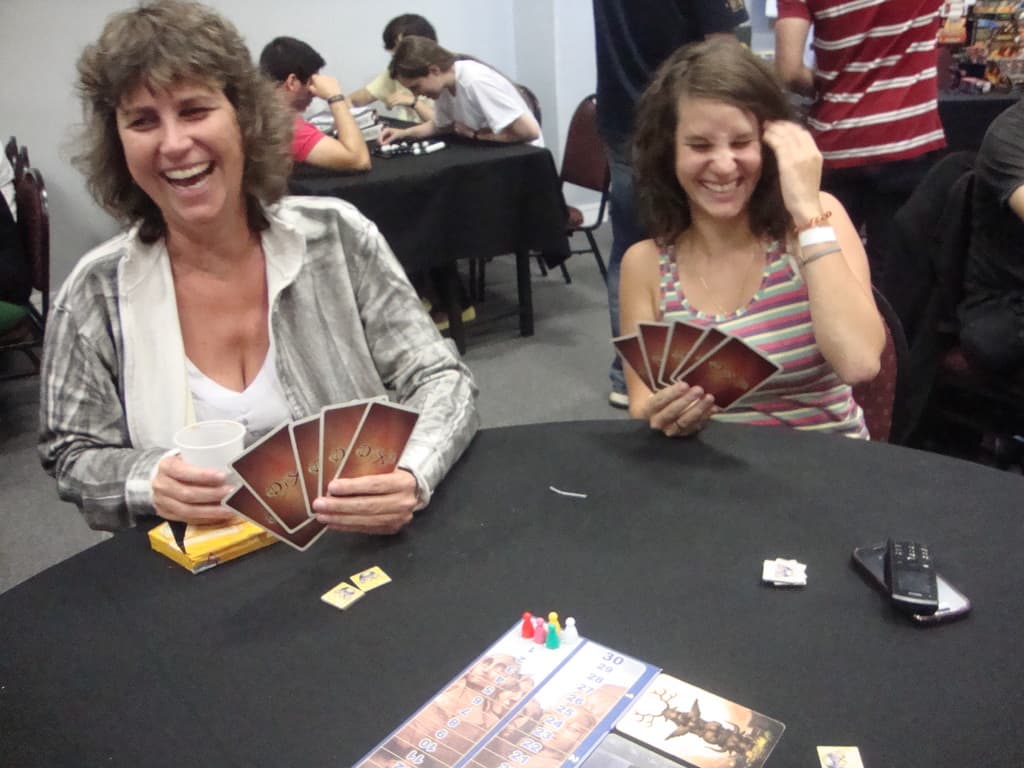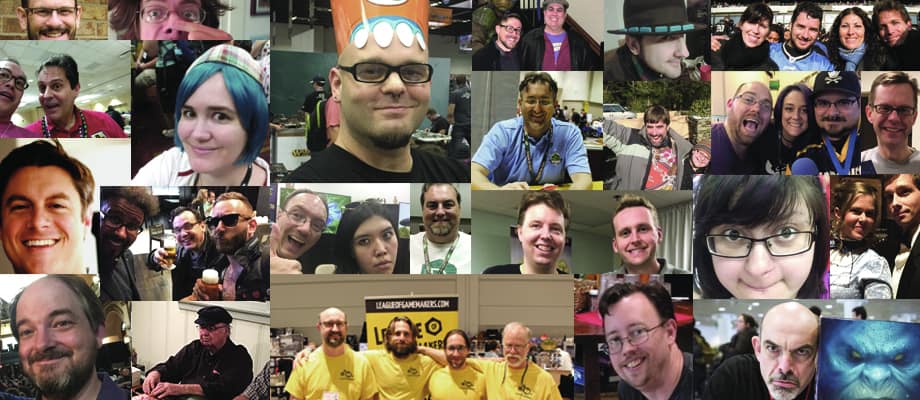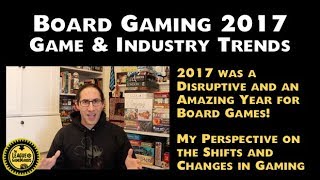
DENSITY = MASS DIVIDED BY VOLUME
FUN DENSITY = ENJOYMENT DIVIDED BY PLAY TIME
At some point in my adult life time became the resource in shortage. Consequently, I wanted to maximize the enjoyment I could derive out of my limited time for games – fun divided by time – and so I sought out games with high “fun density”. I’m not sure where I first heard the term (I can find references back to 2003 – comment if you know more) but I quickly adopted it as a good measure of a game’s value. If you get the same enjoyment out of two games, but one takes half as long to play then it has higher fun density and it should be the preferred choice.
So as a game maker that means you should be distilling your games down to the shortest, tightest implementation you can manage.
5 MINUTES OF INTENSE PLEASURE SHOULD BE THE IDEAL.
Except it’s not that simple.
 For one thing, a game is an experience that isn’t just what comes in the box. Who you play with has a big impact on your enjoyment of a game. Most of us have probably had the experience of having a great time playing a lousy game or horrible time playing a great game, all because of the other folks at the table. If you could pack the most entertaining players in the box with the game you’d have a hit on your hands (be sure to make air holes).
For one thing, a game is an experience that isn’t just what comes in the box. Who you play with has a big impact on your enjoyment of a game. Most of us have probably had the experience of having a great time playing a lousy game or horrible time playing a great game, all because of the other folks at the table. If you could pack the most entertaining players in the box with the game you’d have a hit on your hands (be sure to make air holes).
But there may be a more fundamental problem with the fun density concept: humans don’t evaluate their experiences accurately. According to the peak-end rule, a psychological heuristic based on studies by Nobel laureate Daniel Kahneman and others, we judge an experience based not on the average of all its moments but by the peak and the ending. Looking at both positive and negative experiences, like vacations and colonoscopies (there’s an underrepresented game theme!), Kahneman and colleagues found that
OUR MEMORIES OF AN EXPERIENCE ARE SHAPED DISPROPORTIONATELY BY HOW IT ENDS.
Extending a negative (i.e. painful) experience with an additional period of less intense discomfort caused most test subjects to view a procedure as preferable to one that ended at the point of highest discomfort, despite the increased overall length and total discomfort of the preferred procedure. The same effect was found to apply to positive experiences (so no need to perform medical procedures on your players – unless you want to).
Applying this to games, you would want to make sure your games end with a bang not a whimper. Games which build to a final confrontation or a down-to-the-wire finish are more memorable than ones in which the final turn is very much like the first, only two hours later. Well balanced cooperative games demonstrate the feeling – you were on the edge of winning right up until you lost, or vice-versa. Good narrative games, like Mice & Mystics or Imperial Assault, build tension and have the potential of a nail-biting finish. But a game doesn’t have to include a traitor reveal or a bucket-of-dice roll to have a memorable finish. In Ticket to Ride as players see the end of the game coming they need to evaluate their ability to finish tickets, possibly even drawing new ones, knowing that it means the difference between positive and negative points. The actions you can take in the final turns of the game are exactly the same as for the rest of the game, but they take on a different significance as you feel the urgency to tie up loose ends or make a final push for points.
SOME GAMES WASTE THEIR BEST MOMENTS.
Make sure you don’t diminish the impact of your peak by following it with lack-luster game play. If the high point of excitement in your game occurs two turns before the end, maybe your game is two turns too long.
What games do you think are a success because they nail their endings? What games do you love despite their endings? Let us know in the comments section below.
Additional/Related Info:
- • Daniel Kahneman’s TED talk on experience versus memory
- • Geoff Engelstein’s GameTek segment on endings, the “experiencing self” and the “remembering self”








